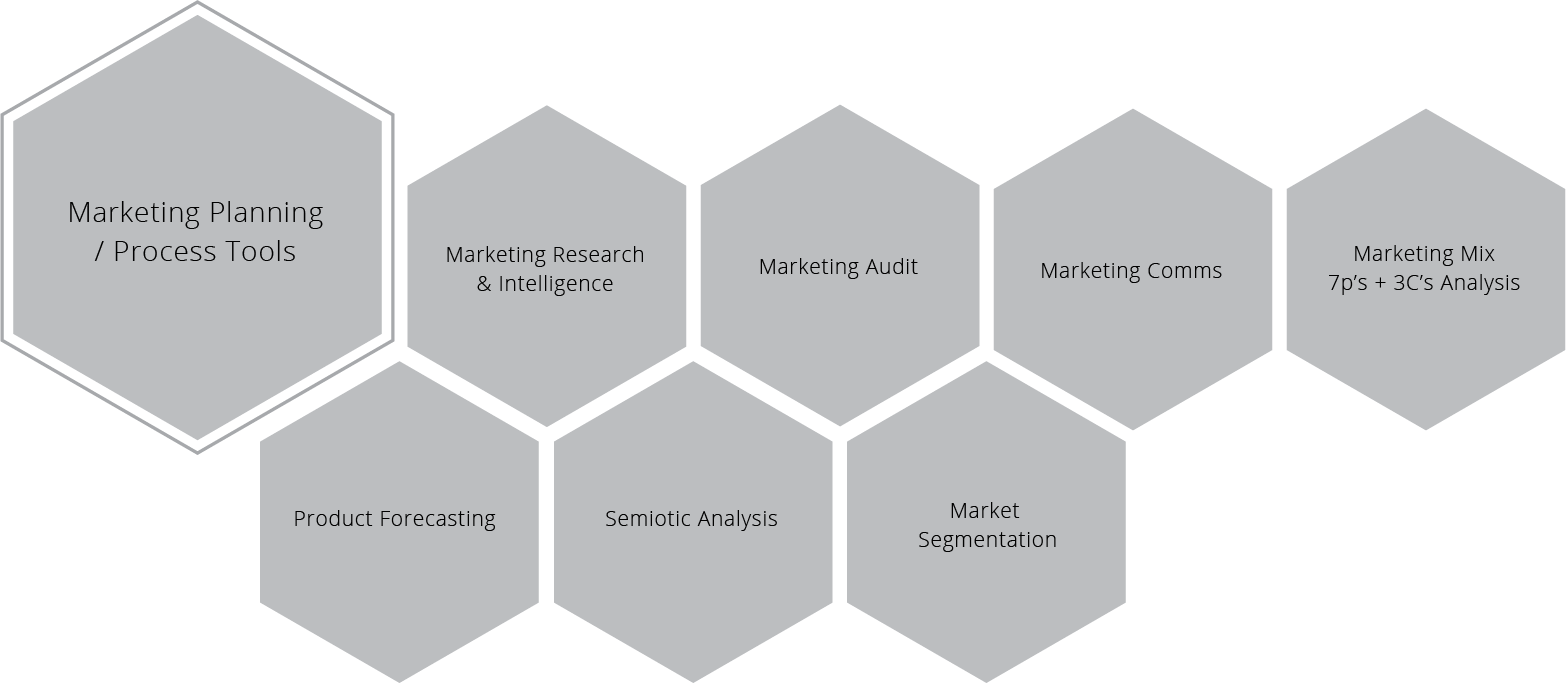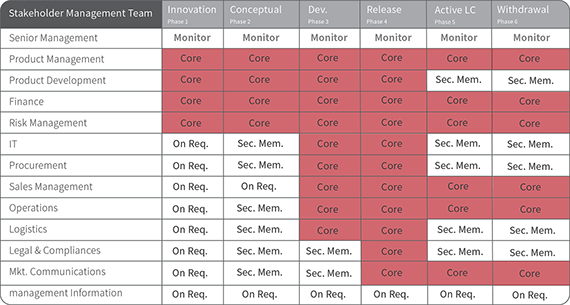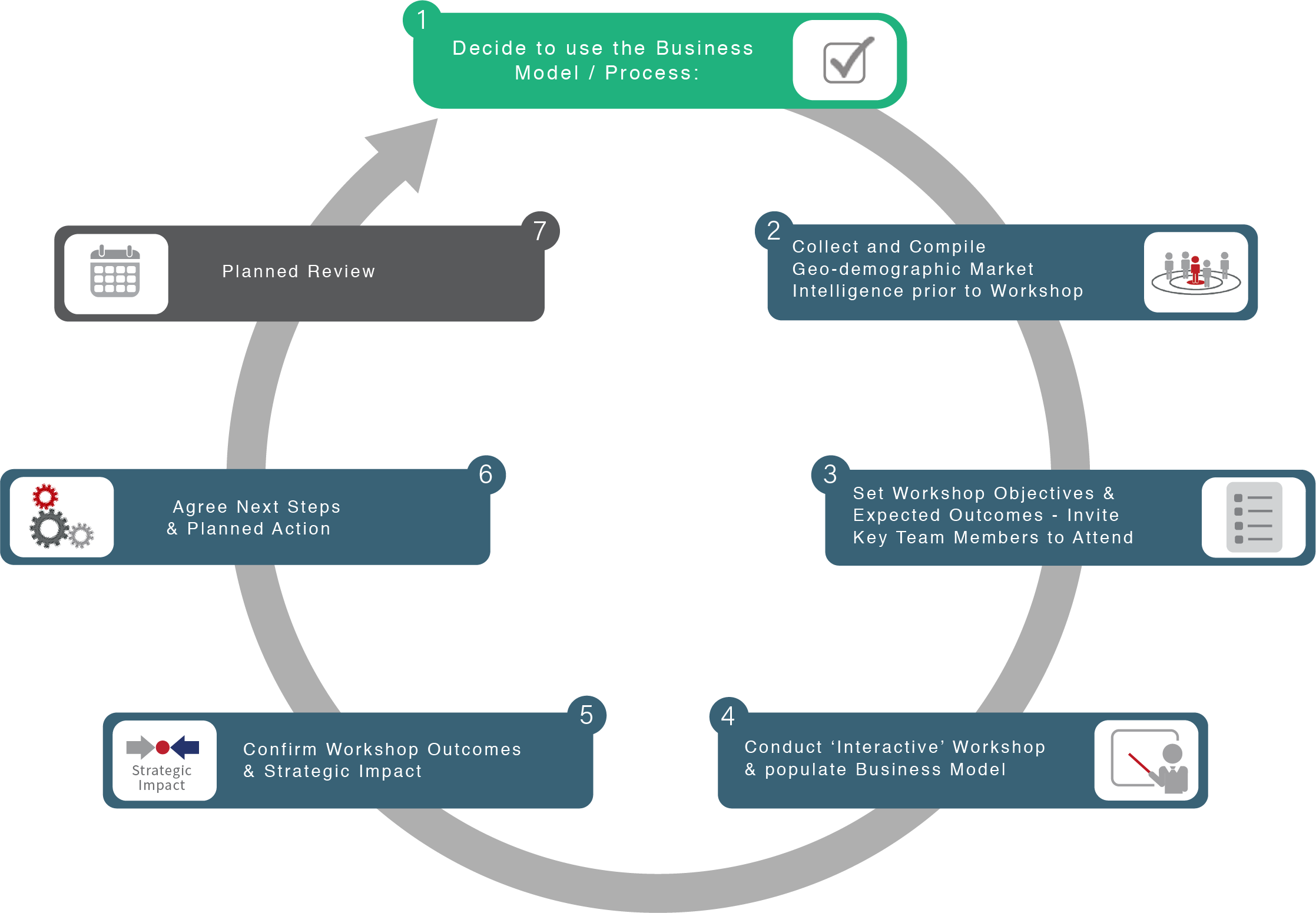Glossary
Logout
©Copyright Arcturus 2022, All Rights Reserved.
7
Terms & Conditions
|
|
|
|
Security & Privacy
Contact
PRODUCT FORECASTING
|Introduction
The forecasting / planning process requires core market information / data to be accessible in various forms (Volume or Value or both)...
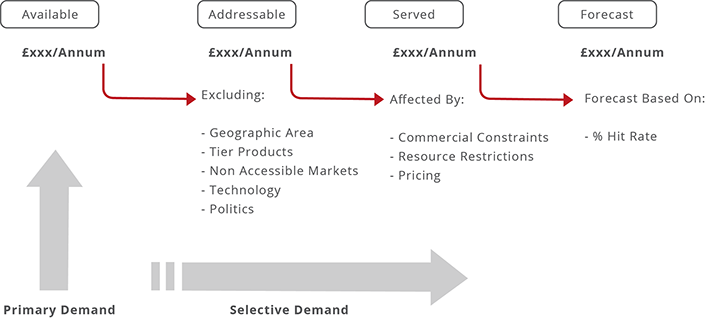
The above model enables us with some degree of confidence to arrive at a ‘realistic and achievable’ sales forecast. It enables us to apply solid business logic whilst moving from the ‘Total Available’ market size through to the ‘Sales Forecast’.
As indicated above the starting point is the ‘Total Available’ market which must be ‘calibrated’ for business planning purposes. Product Managers should contact Management Information (MI) for this information.
If the product / service is already serving a ‘Target’ market, then actual history information should already be available (as above please contact MI). With actual data we will be able to accurately calibrate the model itself. Subsequent strategies together with achievable sales forecasts can then be compiled with a high degree of confidence.
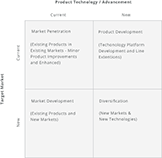
The effect of 'Commercial Risk' on a given forecast:
The accuracy of any given forecast obviously depends upon many factors. These could include the level of unfamiliarity to both the design solution and the target market. The ANSOFF matrix can be used to give an indication of expected accuracy based that level of unfamiliarity - this directly relates to the level of risk we are prepared to endure but it also has a strong relationship with the accuracy of forecast - the greater the risk the bigger the forecast delta.
|Ansoff Position (Risk) Vs Average 'Forecast' Accuracy Achieved
Ansoff Matrix Analysis - Easily and accurately produce a visual representation of a traditional marketing matrix progression of risk in 2 dimensions representing a level of 'Product' and 'Market' Familiarity. The resultant position represents the degree of commercial risk the product/service is putting on the company. As such, there is a direct relationship with product forecasting.
The model as understood, first developed by H. Igor Ansoff was a mathematician with an expert insight into business management. The Ansoff Matrix has four alternatives of marketing strategies; Market Penetration, Product Development, Market Development, and Diversification.
However, as published in many marketing books the 'Ansoff' matrix since the original publication circ. 1960, it is often described in its simplistic form whereby it fundamentally leads managers to believe there is a Boolean flip between each quadrant. So when it comes to the strategic analysis, incorrect conclusions could be made quite easily. Furthermore, this interpretation promotes a black or white strategic approach, which may not be the case. This model follows a much more structured approach when it comes to the derived position on the matrix itself...
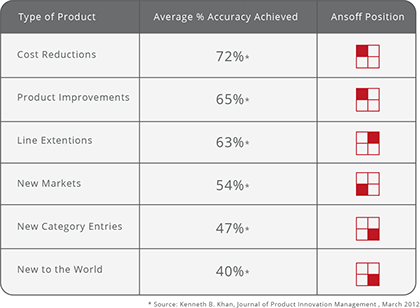
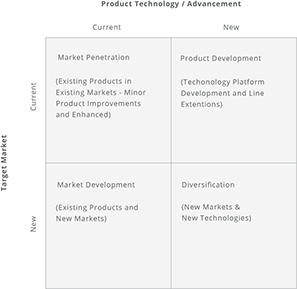
|Time frames
The following diagram represents various time frames associated with market research and intelligence / Forecast.

The following diagram indicates the ‘timeframe’ for the ‘profiles’ database and associated management functions / roles; Marketing and Management Information...
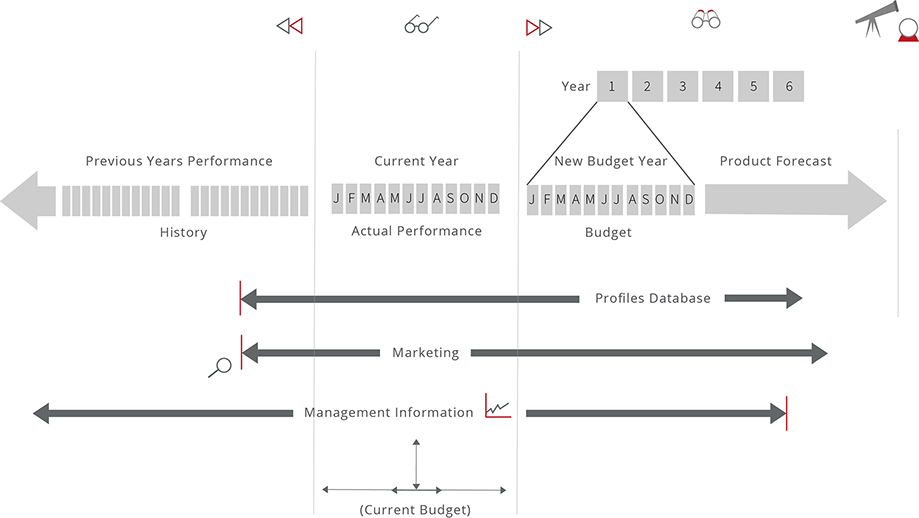
|Who Should Attend
The following delegates / members of the Stakeholder Management Team (SMT) should attend the workshop.
Key / Definition:
Monitor: Oversees the overall process, required to provide top level strategic objectives as required, performs a management role.
Core: Defines the ‘Core’ team headed (chaired) by the Product Manager required to attend the workshop in alignment with the ‘Product Phase’. Membership is mandatory.
Sec. Mem: Secondary Membership defines an ‘on‐standby’ membership requirement and will depend upon the subject area, phase alignment and the project status. Membership is managed by the Product Manager.
On Req: On Request membership defines a membership that is managed by the Product Manager.
|Information Intelligence - Quality of Information / Validation Algorithm
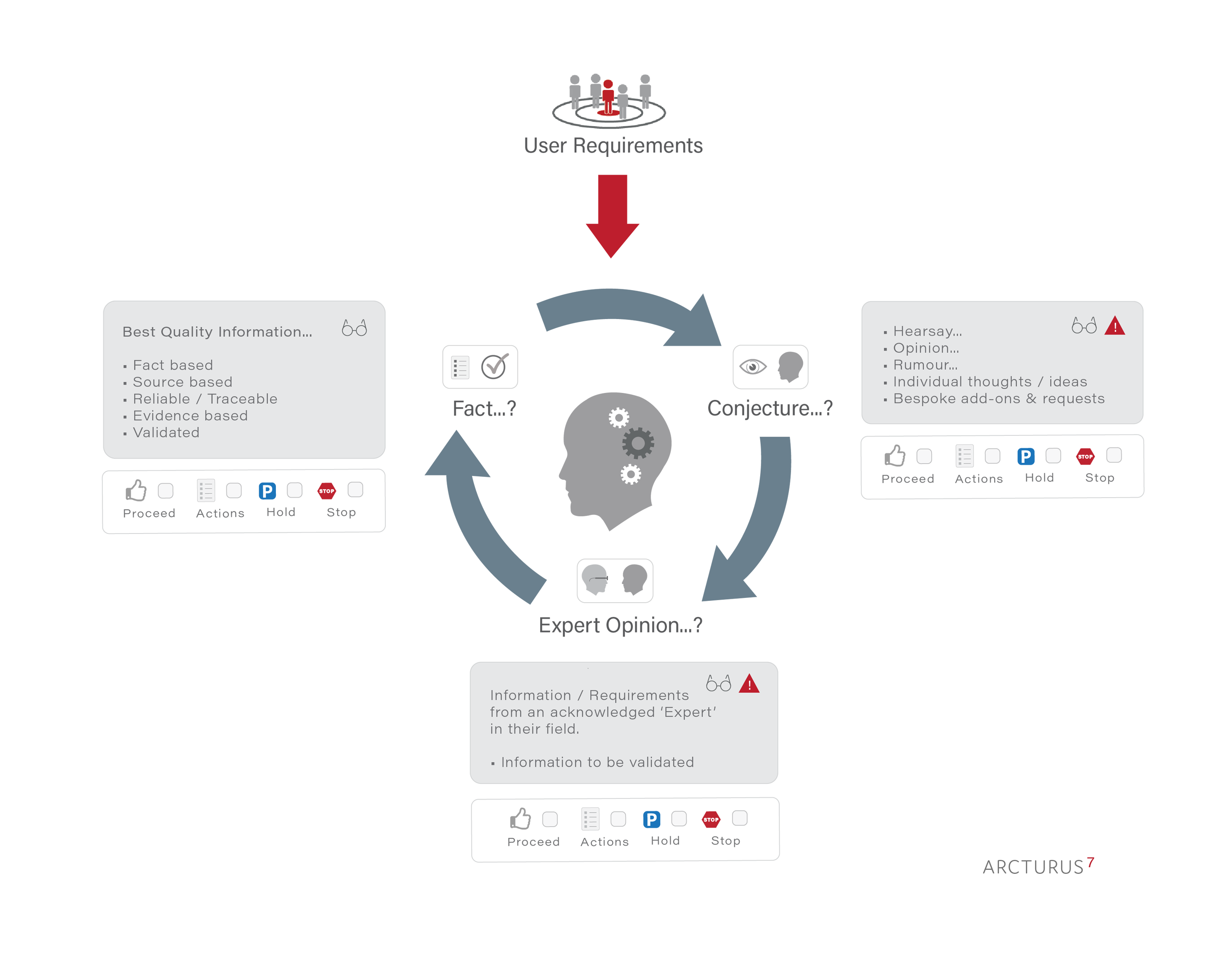
|Strategic Business Models, Workshop Tools & Professional Resources
The IPM practitioner series, is a definitive and integrated training programme for management professionals operating in the Product Management arena. So whether you’re the Managing Director, Product Director, Product Manager or a member of the Multidisciplinary Team we are confident that you will find this particular training series to be one of the best available and an invaluable asset to both you and your company.
PMM - Professional Support
Interactive Business Models
More







